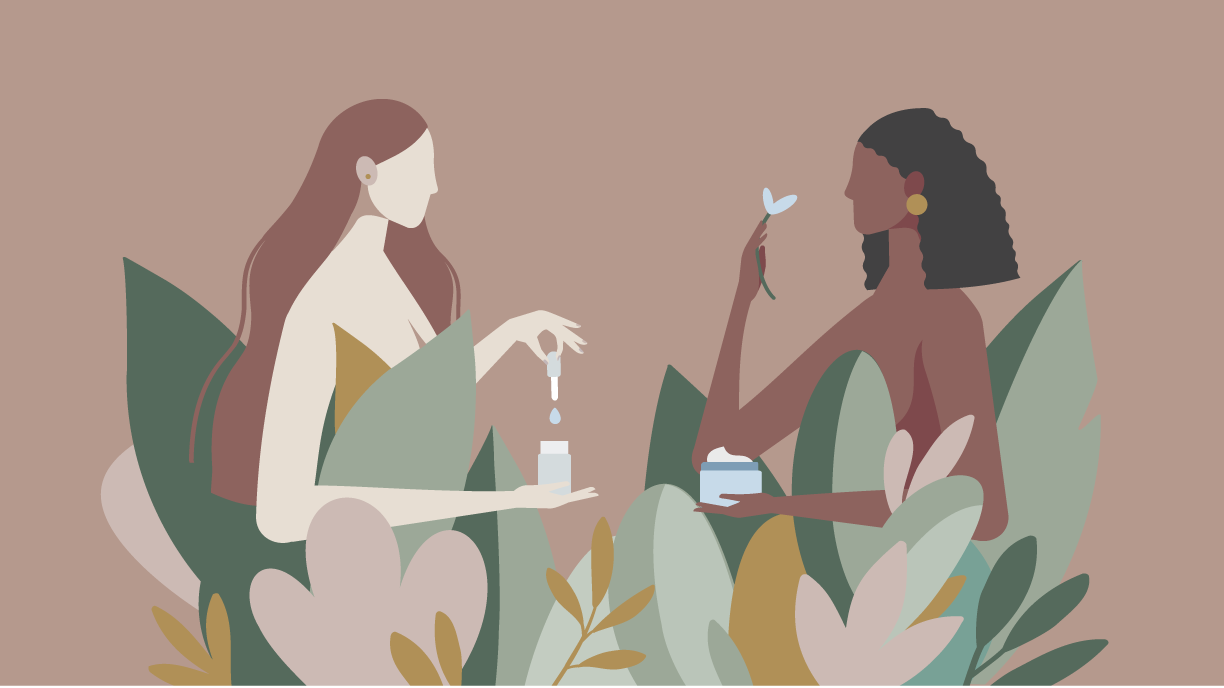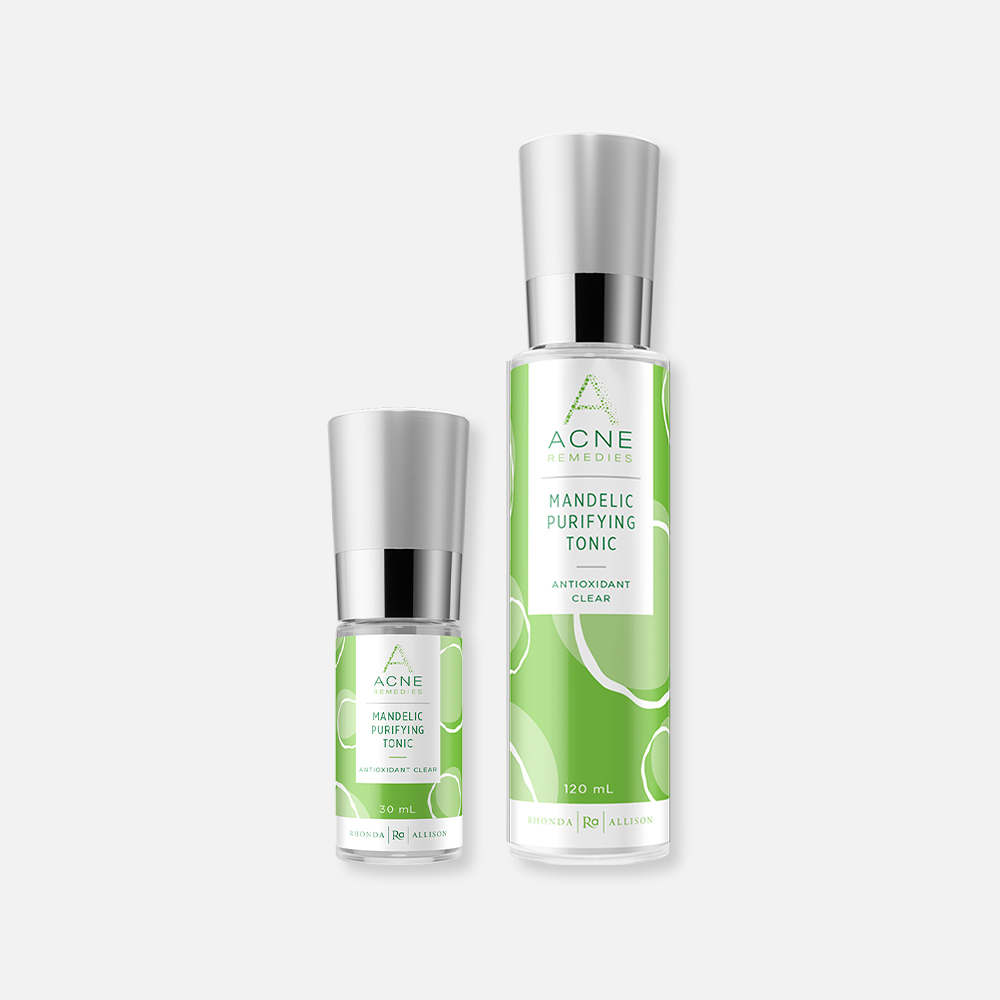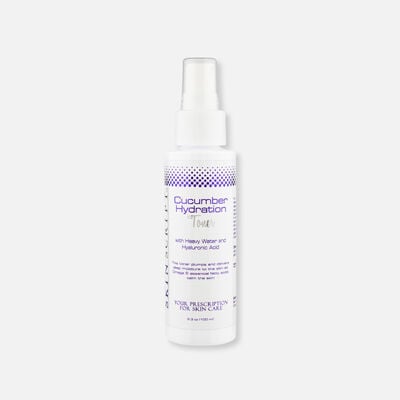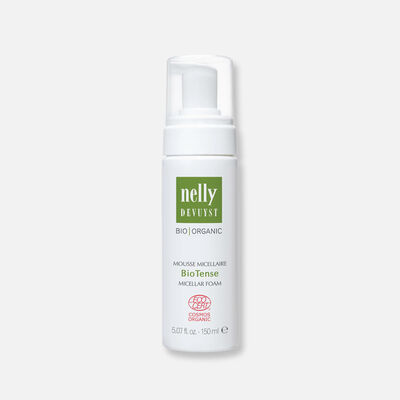
Witch hazel has a prominent role in the health and beauty industry. Personally, I find it to be a little overused. Don’t get me wrong, witch hazel is a useful ingredient in the right context. That being said, I strive to teach people the importance of caring for their skin with the right ingredients. I believe it’s crucial to know exactly what goes into your products and the effect they have on your skin. What might be an ideal ingredient for most might not always work for you. So if you’ve considered adding witch hazel to your arsenal, or if you’re just here to learn for education’s sake, stick around. We’re going to decide if witch hazel deserves the hype.
- What is Witch Hazel?
- Side Effects of Witch Hazel
- Witch Hazel in Skincare
- Witch Hazel on its own
- Is Witch Hazel Safe to use?
What is Witch Hazel?
Witch hazel, or Hamamelis virginiana, is a flowering shrub native to North America and parts of Asia. It has long been used for a variety of minor ailments by Native Americans throughout history.
The witch hazel you might be familiar with is a clear liquid extracted from the plant’s leaves, bark, and twigs. It is distilled with alcohol to bring out the active compounds in the plant, with witch hazel extract containing about 14% to 15% alcohol. While witch hazel does have benefits, the alcohol content has some people divided on whether they outweigh the possible negative side effects.
While generally used on its own, witch hazel also works well in conjunction with other actives. You can find it on the ingredient list in many skincare products, from your toners to your acne treatments. It can even be found in some moisturizers! But don’t worry, it’s not often a large enough amount to cause any irritation.
Let’s Talk about Tannins
Most plant-derived substances are rich in antioxidants, and witch hazel is no exception. Its primary source comes from a group of chemical compounds called tannins.
Tannins are astringents that are known to dry and tighten the skin. This means that witch hazel temporarily reduces pore size by absorbing excess oil and causing nearby cells to constrict. This is part of what makes it a popular choice for things like facial toners.
Due to the antioxidants that help prevent inflammation, it may even help reduce the appearance of red, blotchy skin. However, long-term use can lead to dryness and irritation for some. Tannins, alongside a high alcohol content, are one of the primary reasons why witch hazel is not for everyone.
Fun Fact: Tannins are not unique to witch hazel! You can find them in tea and wine as well.
Side Effects of Witch Hazel
While the benefits of witch hazel have made it a staple ingredient for some households, it does still require a certain level of caution. Folks with dry or sensitive skin might want to be more mindful about adding it to their skincare routine.
The exact amount differs in each part of the plant, but witch hazel naturally contains between 8% and 12% tannins. As I mentioned previously, tannins offer a drying and tightening effect, which can be sensitizing to the skin over time.
Tannins aside, witch hazel is also often distilled using ethanol (denatured alcohol), with the extract containing between 14% and 15% alcohol. Large concentrations of alcohol can impair your skin barrier by disrupting your natural oil balance, leading to dryness and irritation. If you want to read more on this topic, our blog about alcohol in skincare goes into further detail. Additionally, witch hazel contains eugenol, a natural but often sensitizing essential oil that many folks won’t want on their skin. These factors make witch hazel better suited for those with normal to oily skin. Folks with sensitive skin might want to stick to their usual products.
Though sometimes too strong in its pure form, witch hazel is a star ingredient when utilized in smaller concentrations. Used with other actives and in the right context, witch hazel can be beneficial for most skin types. After all, formulation matters much more in skincare than any single ingredient.
Witch Hazel in Skincare
People often give witch hazel too much credit as a cure for breakouts. Sure, there may be temporary benefits that trick you into thinking this is your new holy grail product, but you might find yourself disappointed in the long run. So don’t go replacing all your skincare products just yet. Many of your favorite serums and toners contain witch hazel already, and if they work for you, why stop using them now?
For stubborn breakouts, Skin Script Blemish Spot Treatment is a popular choice for keeping the skin clear and under control. It also happens to contain witch hazel, alongside some other skincare superstars that work together to balance your skin.
Astringent toners that contain witch hazel can also give excellent results, as long as its paired with the right ingredients. Rhonda Allison Mandelic Purifying Tonic is a great example and is my go-to for anyone struggling with breakouts. However, if you find that you have dry skin, I recommend Skin Script Cucumber Hydration Toner to help balance and hydrate.
In all of these products, witch hazel is a key player in the formula, but it’s not the only ingredient. Unlike pure witch hazel, they have a far lower chance of irritating your skin.
Witch Hazel on its Own
While witch hazel on its own can have some benefits, I do not recommend using it on its own. If you’re adamant on adding it to your skincare lineup, I suggest starting slowly and being cautious. With the addition of any new product to your regimen, you should always monitor your skin over the following days and weeks of use. It’s best not to introduce more than one new ingredient at a time, as this can make it difficult to assess the effect it has on your skin. Not to mention, using too many new products at a time may overwhelm your skin and lead to irritation.
Do Not Use as a Cleanser or Makeup Remover
It might sound like a good idea at first, but witch hazel should never replace your regular cleanser. Face wash should be smooth and slippery on the skin, allowing your fingers to glide effortlessly over your face. But because it’s quite drying and lacks that slip, witch hazel may cause you to tug and pull at your skin. This repeated friction can lead to redness and irritation, as well as premature aging. We definitely want to avoid that!
Sure, witch hazel is great at clearing excess oil and debris from the skin. But the goal when cleansing is to avoid stripping all of your natural oils. So when cleansing or removing makeup, it’s best to stick with your usual face wash. I recommend using Nelly De Vuyst BioTense Micellar Foam. It works great as a first cleanse to melt away dirt and makeup without aggravating the skin.
Use as an Occasional Home Remedy
Don’t get me wrong, a bottle of pure witch hazel certainly has its place in your home. Though best used sparingly, it does offer some practical benefits. Applied with a soft cotton pad, witch hazel may help soothe minor irritations like bug bites, poison ivy, hemorrhoids, and razor burn.
While you might not need to avoid witch hazel entirely, it’s still not the “magic” cure that some people mistake it for. Try to refrain from using it in place of products that already give you the results you’re looking for.
Is Witch Hazel Safe to Use?
In so many words, witch hazel is safe to use, but not unconditionally. Witch hazel has potent anti-inflammatory and antibacterial properties that allow it to have its role in skincare. Due to these qualities, it also acts as a great additive in toners, cleansers, and even some active serums. However, when used on its own, it can be fairly sensitizing for many folks.
As with any new addition to your routine, keeping your skin balanced and protected is vital. Be sure to have a good, hydrating moisturizer on hand as well as your favorite SPF. We have a great selection of moisturizers you can check out here.
The Takeaway
While it isn’t exactly “good” or “bad” for the skin, witch hazel does have its advantages when used correctly. As long as you exercise caution, it’s an ingredient you can use in your skincare regimen with positive results!
And of course, if you find that you still have some burning questions, feel free to reach out! We’re always available via email or live chat during business hours, and we love answering all your skincare questions!



